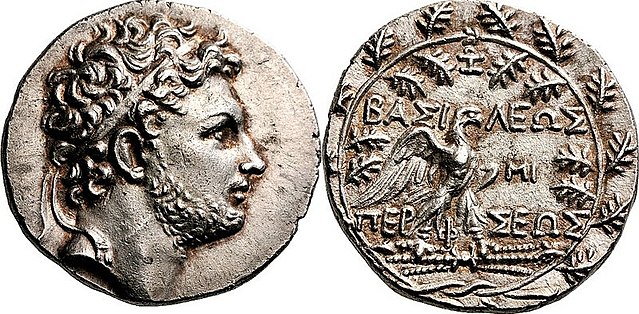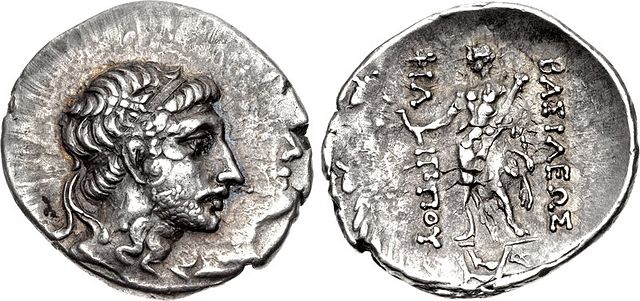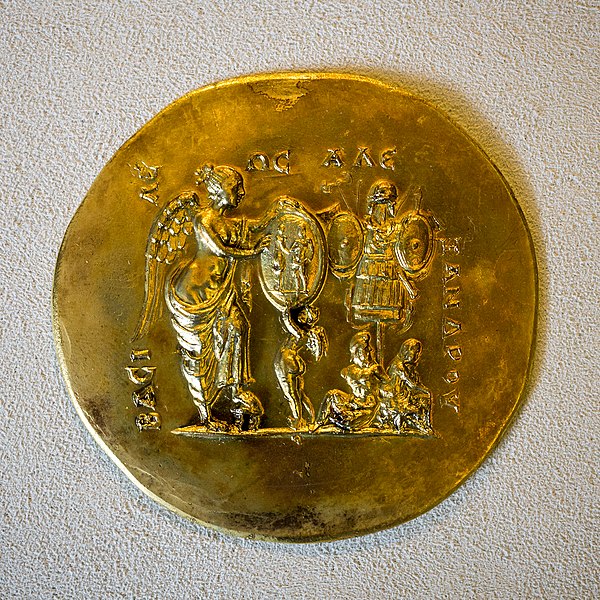The Via Egnatia was a road constructed by the Romans in the 2nd century BC. It crossed Illyricum, Macedonia, and Thracia, running through territory that is now part of modern Albania, North Macedonia, Greece, and European Turkey as a continuation of the Via Appia.
Route of the Via Egnatia
Ancient Via Egnatia in Kavala (Neapolis)
Remains of Via Egnatia near Radozda
Via Egnatia by Resen in North Macedonia, now part of A-3 motorway
Macedonia (Roman province)
Macedonia was a province of ancient Rome, encompassing the territory of the former Antigonid Kingdom of Macedonia, which had been conquered by the Roman Republic in 168 BC at the conclusion of the Third Macedonian War. The province was created in 146 BC, after the Roman general Quintus Caecilius Metellus defeated Andriscus of Macedon, the last self-styled King of Macedonia in the Fourth Macedonian War. The province incorporated the former Kingdom of Macedonia with the addition of Epirus, Thessaly, and parts of Illyria, Paeonia and Thrace.
Tetradrachm of Perseus, minted between 179–172 BC at Pella or Amphipolis.
Coin issued by Andriscus during the Fourth Macedonian War (149–148 BC).
Ancient Via Egnatia in Kavala (Neapolis)
Gold medallion in honour of Alexander the Great minted by the Macedonian League, early 3rd century AD







